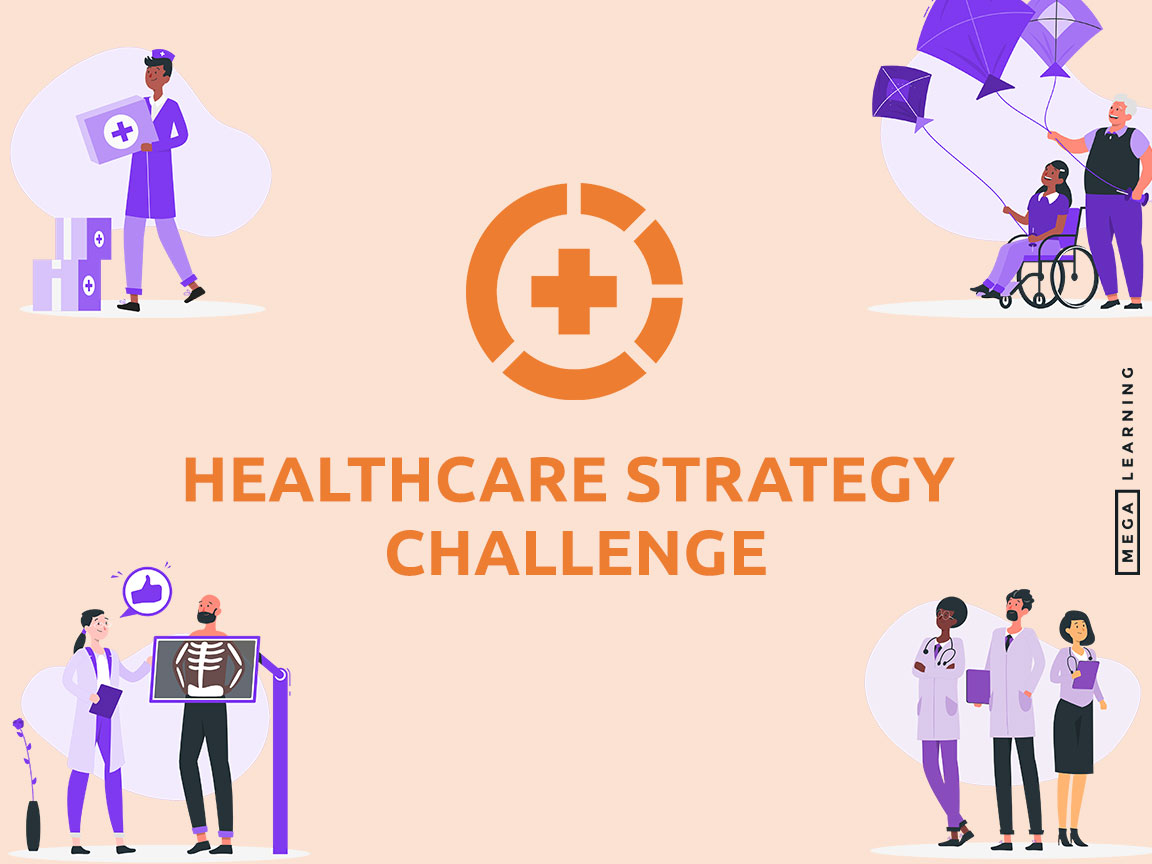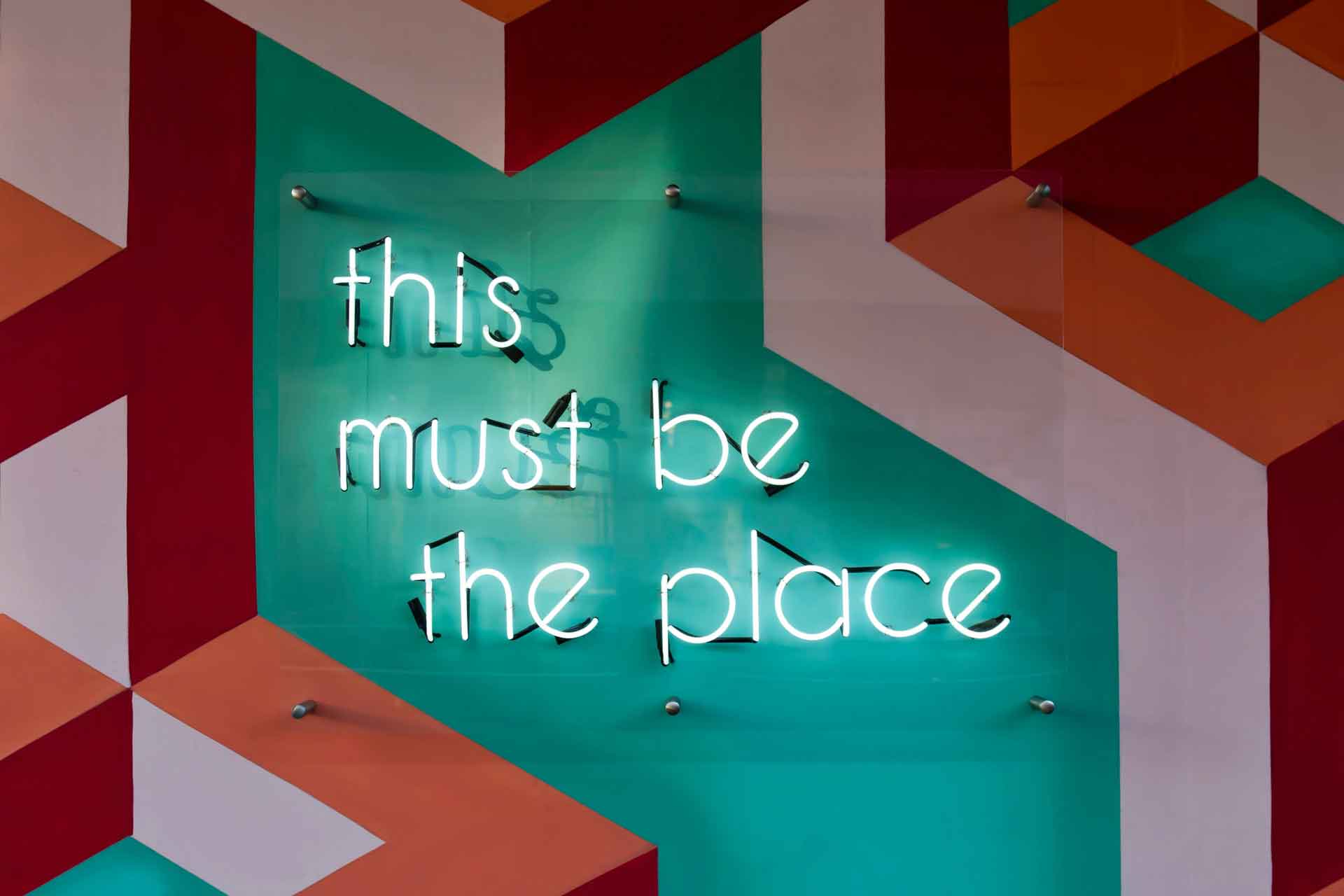Our healthcare management simulation is now available!

To say we are excited about our new simulation is an understatement: after two years of industry research, design, development, and testing, the Healthcare Strategy Challenge is now available!
A simulation developed with NYU Wagner
This game was co-developed with the NYU Wagner Graduate School of Public Service and in conjunction with the expertise and leadership of Dr. Thomas D’Aunno, founding Director of the Online Master of Health Administration (MHA) Program, with the support of a team of healthcare experts.
The learning outcomes of this full-online program are to grow students’ acumen and skills, be it in terms of developing strategies, aligning organizational design, or managing diverse teams in the context of healthcare. Students will also build a strong understanding of the social determinants of health, thereby having the keys to help reduce disparities while increasing access and quality of patient care for all.
What is the scenario of this healthcare management game?
Managing a healthcare system in a competitive environment
This Healthcare Strategy Challenge invites participants, organized in teams, to take the lead of a healthcare system: this institution, inspired by the US healthcare context, is serving a community of 200,000 people. Each team however is developing their own activities in a similar environment, each of them also serving a community of the same size, at least at start!
Over the course of this game, which is structured in a sequence of lectures, brainstorming sessions, decision-making and explorations of theoretical frameworks, each healthcare system will need to operate various clinical lines – emergency department, inpatient and outpatient clinic –, each serving different patient profiles and showing different sensitivities.
Building value for patients and the hospital staff
In a nutshell, participants will grow to understand what patients of each clinical line want, and they will need to integrate those expectations, to build a capacity and a service offer that will attract new patients to their healthcare system, thereby increasing the system’s reputation. In parallel to that balance between offer and demand, financial elements such as the payers mix will play a key role in keeping the organization financially viable.
Facing contemporary challenges and seizing opportunities
The game also taps into today’s most prominent current themes in the healthcare segment and will challenge participants to react quickly without losing grip:
─ an opioid epidemic is raging, thereby substantially impacting metrics across the game: students are expected to develop a strategy to curb this trend.
─ a new clinical line will be acquired during the game, thereby confronting students with the human and financial questions of mergers and acquisitions.
─ telemedicine activities can be developed, displaying many benefits but also some shortcomings, which students will grow to understand.
─ teams need to find their way around burnout risk and attrition, to attract and retain talent, to better serve their community.
In other words, students will be working hand in hand to develop a healthcare institution, whose goal is to best serve the community, to support their human capital, while nurturing sound financial metrics. All of this in a competitive environment, in the middle of an opioid crisis.
Recommendations for an optimal playing experience
You probably guessed that this simulation is no walk in the park, yet it is the most realistic and unique simulation of its kind: healthcare organizations are tentacular and require expertise that set human resource, community wellness, and financial performance on equal footing. And that is what this game is achieving.
Participants experience success and failure in a safe environment that looks and sounds real, supported by educators with extensive field experience. Helped by preparation material, lectures, videos, and a summary sheet, students will start the game with a solid global understanding of what is expected from them, and which levers they can pull to achieve successful outcomes in the game.
Our recommendation is to play this game
─ In groups of 4-5 people, with 3 to 5 teams within one playing environment,
─ preferably with postgraduate participants and above
─ preferably with students in healthcare management and/or with previous business education
This list is non-exclusive.
Stay in touch for more coverage of this exciting new product and get in touch if you have questions regarding the content and/or applications of this amazing healthcare management simulation.









